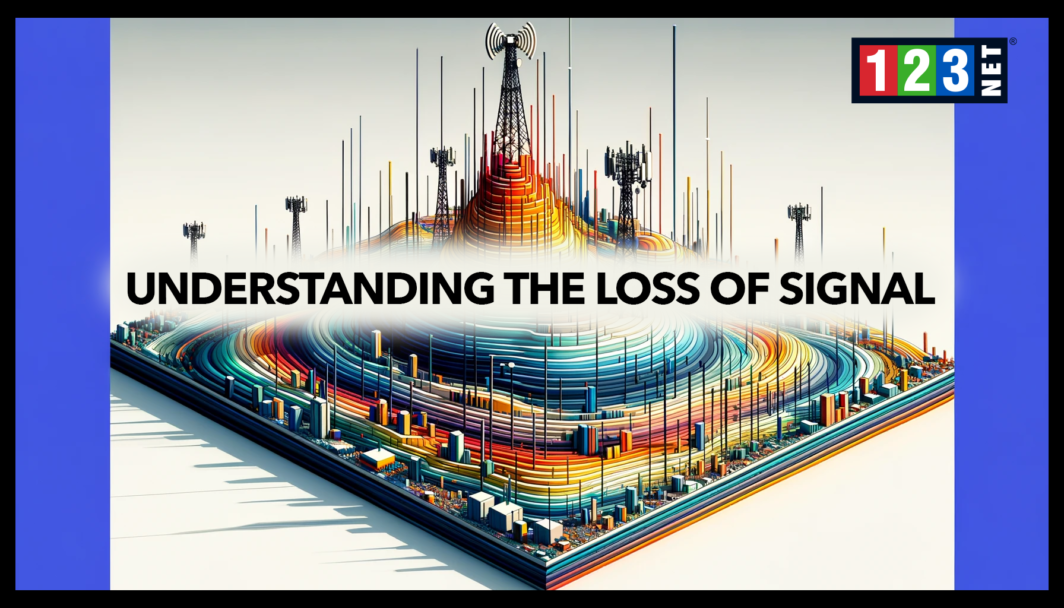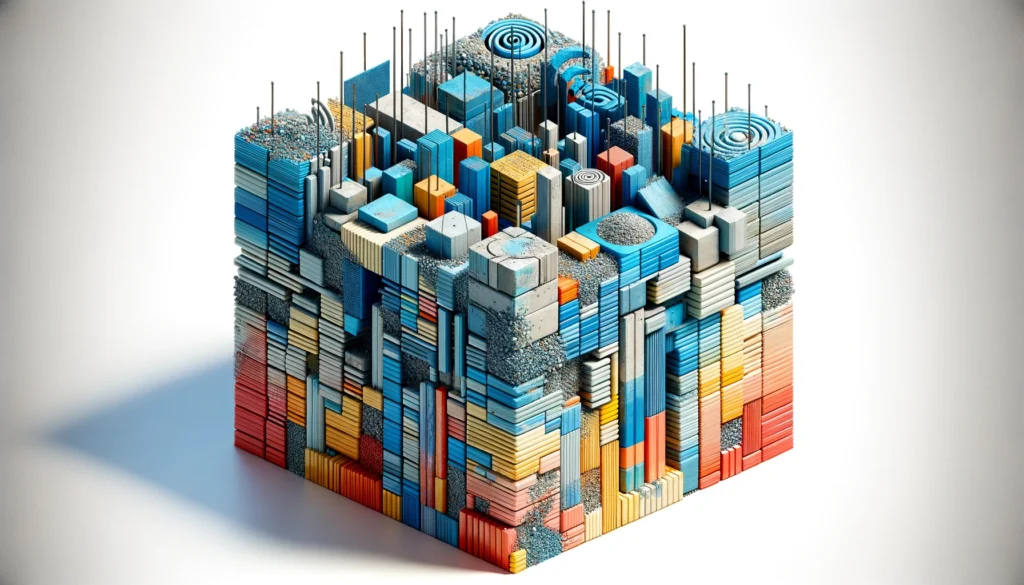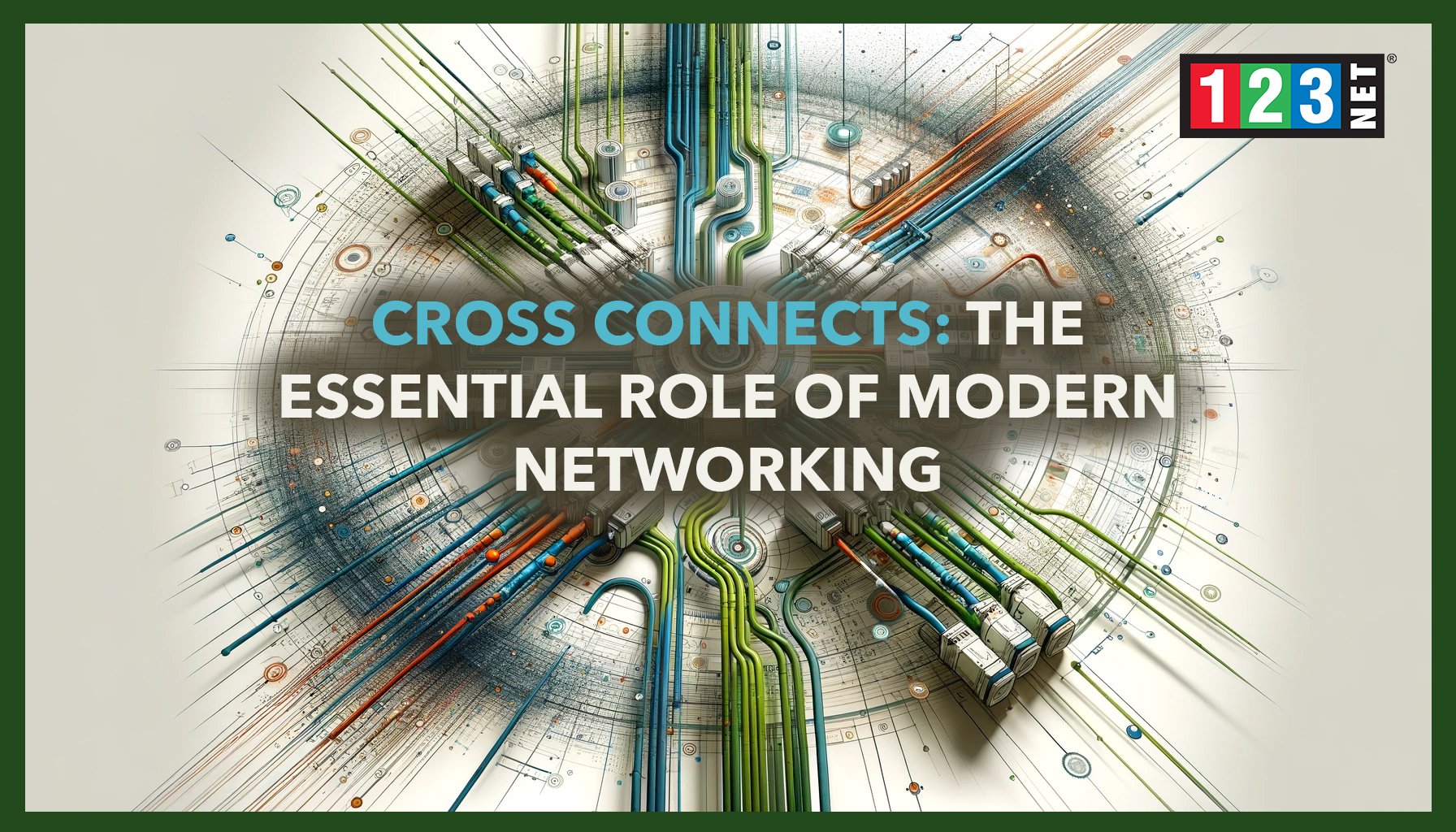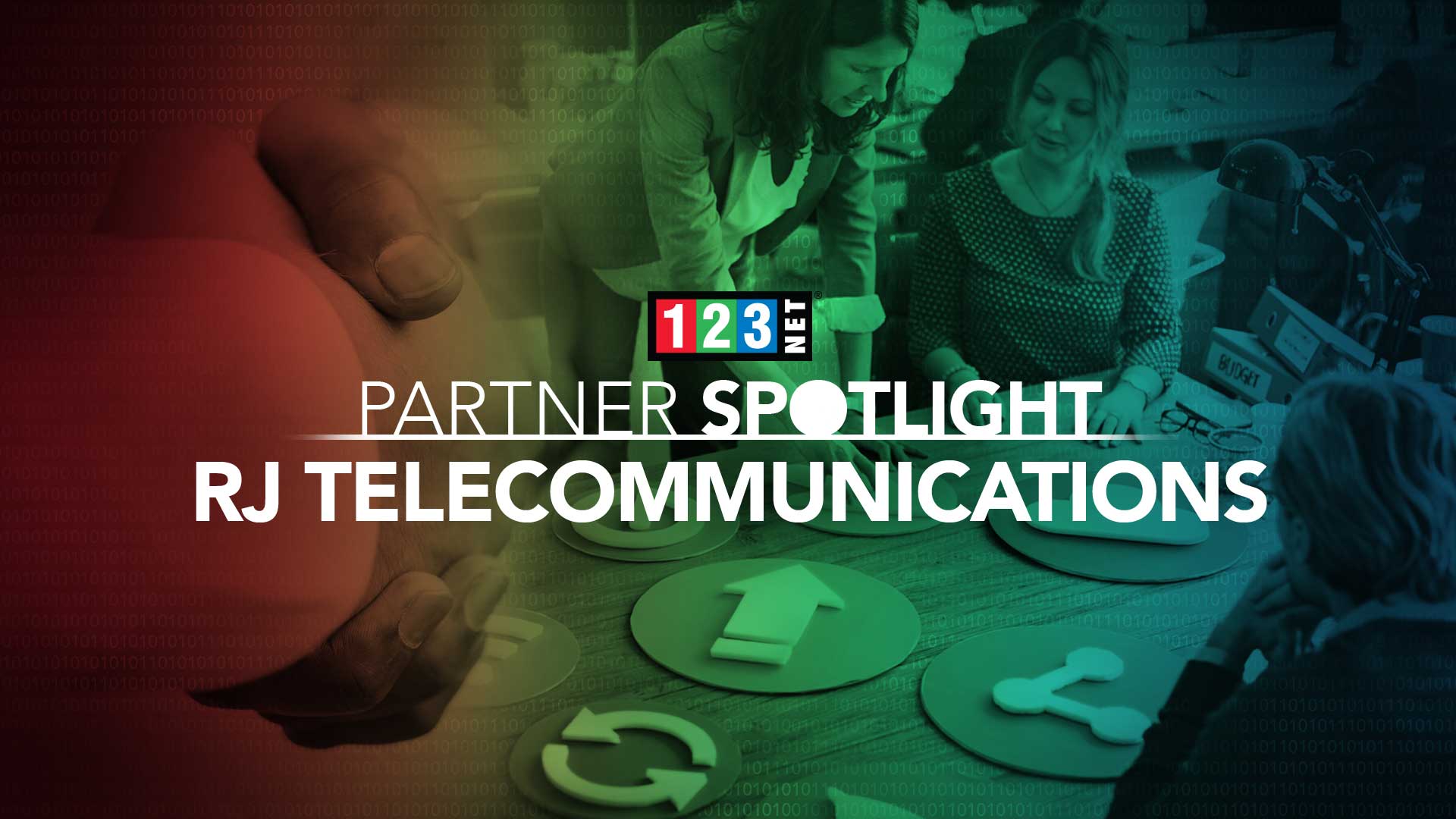
Introduction: Loss of Signal
In today’s rapidly moving society, being constantly connected isn’t just a luxury—it’s essential. Our daily routines hinge on the ability to communicate effectively, surf the web seamlessly, and enjoy media without buffering. However, the common issue of cellular signal degradation can significantly disrupt these activities. Dropped calls, sluggish internet speeds, and halted streaming are symptoms familiar to many, often striking unexpectedly. This aggravating interruption can stem from various sources, including environmental factors and the technology we rely on. In this exploration, we tackle the root causes of cellular signal interruptions and offer practical solutions. By understanding the underlying issues of the loss of signal, such as construction materials blocking signals or the distance from cell towers, and applying targeted fixes like signal boosters or Wi-Fi calling options, we aim to fortify your connection, ensuring it remains robust and consistent. Through this guide, we seek to enhance your connectivity experience, making uninterrupted communication a reality in our interconnected world.
What Causes Loss of Signal?
Building Materials
The very structures intended to offer us shelter and comfort may also be inadvertently hindering our cellular connectivity. Common building materials, including metal, concrete, and specially coated low-E glass, are particularly effective at blocking cellular signals. This interference often leads to weakened signal strength, rendering reliable indoor cellular reception a challenge. Recognizing the role these materials play in signal disruption is crucial. By understanding their impact, individuals and businesses can consider alternative solutions, such as using signal boosters or femtocells, to enhance indoor signal strength and ensure a more stable and reliable connection.
Distance from Cell Towers to Prevent Loss of Signal
One of the most straightforward factors affecting cellular signal strength is the physical distance from a cell tower. Signals weaken over distance, and various obstructions, including buildings and natural landscapes, can exacerbate this attenuation. Rural areas, where cell towers are less densely distributed, often suffer from poorer connectivity and the proliferation of signal dead zones. Addressing this challenge requires strategic placement of cell towers to minimize distance and obstructions, and for users, leveraging technologies like Wi-Fi calling can offer an alternative means of communication in areas with weak cellular signals.
Network Congestion in Loss of Signal
Network congestion emerges as a significant culprit behind deteriorating cellular reception, particularly in densely populated urban centers. As numerous devices vie for bandwidth, networks become overwhelmed, leading to reduced data speeds and increased instances of dropped calls. This congestion is most noticeable during peak usage times when the demand on the network infrastructure spikes. To combat this issue, network providers are constantly upgrading infrastructure and deploying new technologies, such as 5G, to enhance capacity and efficiency. For consumers, understanding peak congestion times and adjusting usage habits can alleviate some of the impacts of network congestion.
Coverage and Dead Zones
Cellular dead zones represent areas where network coverage is either nonexistent or severely compromised. Often resulting from geographical obstructions or the sheer absence of nearby cell towers, these zones pose significant challenges for maintaining continuous connectivity. Identifying and understanding the geographical distribution of these dead zones is essential for both users and network providers. While providers work to expand coverage through infrastructure development, users may need to rely on alternative methods, such as Wi-Fi networks or satellite communication solutions, to bridge these gaps in coverage.
Natural Landscape
The terrain and natural features of an area play a pivotal role in determining the quality of cellular reception. Mountains, valleys, and thick forests can obstruct the path of cellular signals, significantly diminishing their strength and reach. This natural landscape interference is particularly pronounced in geographically diverse regions, where the topography itself can create extensive coverage dead zones. To mitigate these challenges, cellular network providers often deploy additional towers or utilize repeater systems to extend the signal reach, ensuring more consistent coverage across varied terrains.
Weather Conditions
Weather phenomena can transiently influence cellular signal strength, with conditions such as heavy rainfall, snowstorms, and even solar flares introducing electromagnetic interference. This interference can disrupt the seamless transmission of cellular signals, leading to temporary reductions in connectivity quality. Although these weather-related effects are generally short-lived, they underscore the sensitivity of cellular communication to environmental factors. Understanding this susceptibility can help users anticipate potential service disruptions during adverse weather conditions and seek alternative communication methods if necessary.
Device Limitations
The performance and capabilities of your mobile device significantly impact your experience of cellular connectivity. Older models may lack support for the latest network frequencies that enhance 4G/5G connectivity, resulting in weaker reception. Furthermore, a device’s ability to maintain a strong network connection can be compromised by factors such as battery life, with diminished power affecting signal strength. Upgrading to newer device models and ensuring devices are adequately charged can help optimize connectivity, allowing users to fully benefit from advancements in network technology.
External Interferences
Beyond the common causes of signal loss, various external factors, including cosmic events and electromagnetic interference, can affect cellular reception. These disruptions, though less frequently encountered, highlight the complex ecosystem within which cellular communication operates. Such interferences can momentarily disrupt the intricate balance required for stable wireless communication, impacting device connectivity. Awareness of these potential disruptors enables individuals to better diagnose and respond to unexpected signal loss, ensuring more reliable communication even in the face of these unpredictable challenges.

Solutions to Combat Loss of Signal
Signal Boosters
Signal boosters, or cellular repeaters, offer a tangible remedy for enhancing weak cellular reception. By amplifying existing signals, they facilitate improved coverage even in areas where it is traditionally poor. The process involves capturing external signals, boosting their strength, and then redistributing them within a designated space. This amplification guarantees a robust, dependable signal, mitigating issues like dropped calls and sluggish data speeds. An investment in a high-quality signal booster can markedly elevate your cellular service experience. This is proving particularly beneficial in locales known for inadequate signal strength.
Optimizing Device Settings
Adjusting your device’s settings can lead to better signal reception. Activating Wi-Fi calling can circumvent cellular network shortcomings, enabling communication over Wi-Fi. Furthermore, ensuring your device’s software is up-to-date can optimize its performance and facilitate access to the latest network enhancements offered by your service provider. Such straightforward modifications can significantly improve your device’s ability to maintain a reliable connection.
Choosing the Right Carrier
The quality of coverage varies significantly across carriers. Selecting a service provider that offers superior network coverage in your area can dramatically increase your signal strength. Consulting online coverage maps and customer feedback can guide you to the most dependable carrier.
Technological Upgrades for Loss of Signal
Transitioning to a newer device that supports contemporary frequency bands can substantially improve your network connectivity. Modern smartphones are designed to accommodate a broader spectrum of frequencies, including those employed for advanced 4G and 5G services. Upgrading to such technology can alleviate common signal issues related to older devices, enhancing your overall mobile experience.
Alternative Communication Methods
In regions where cellular reception is notoriously poor, considering alternative communication options, can ensure continued connectivity. While these alternatives do not directly address the root causes of signal loss, they provide valuable communication avenues in essential scenarios or remote areas. This is keeping you connected regardless of cellular network performance.

FAQs Loss of Signal
- Can a phone case affect signal strength? A: Yes, metal cases or those with thick materials can block your phone’s antenna, weakening the signal.
- Do weather conditions significantly impact cellular signal? A: While not a daily concern, severe weather conditions can temporarily degrade signal quality due to electromagnetic interference.
- How does distance from a cell tower affect signal quality? A: The further you are from a cell tower, the weaker your signal will be, as distance causes signal attenuation.
- Can network congestion be managed to improve signal? A: While individual users have limited control over network congestion, using a signal booster or upgrading to a higher-tier plan can mitigate its effects.




